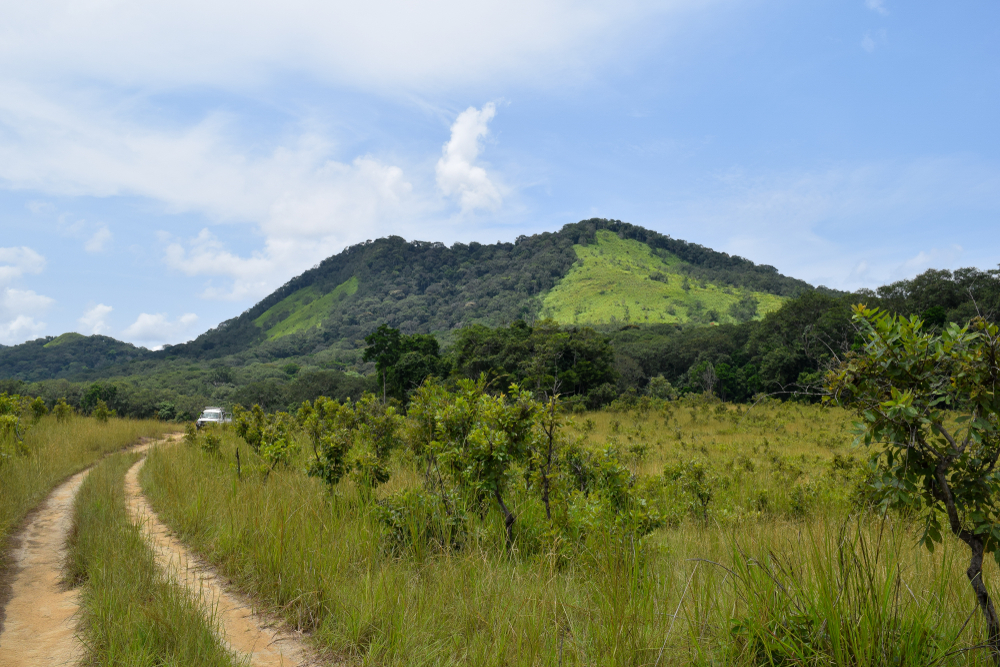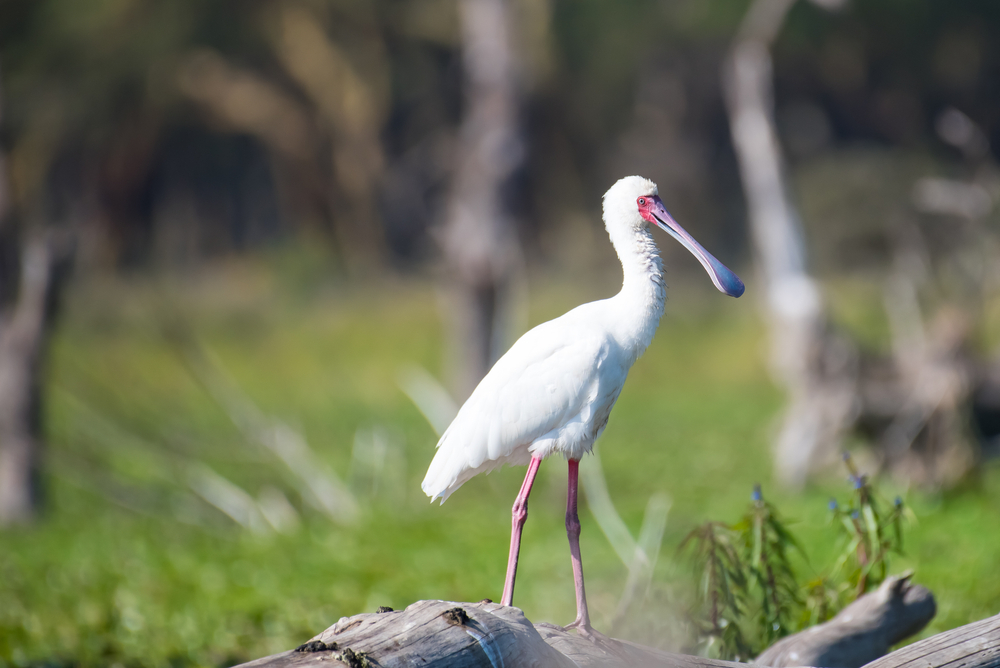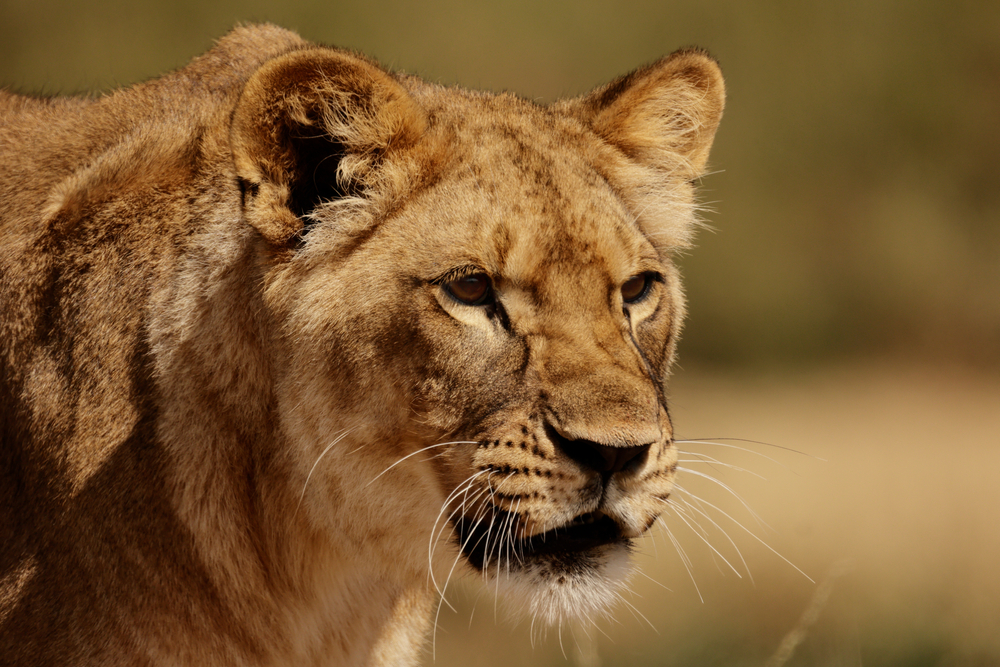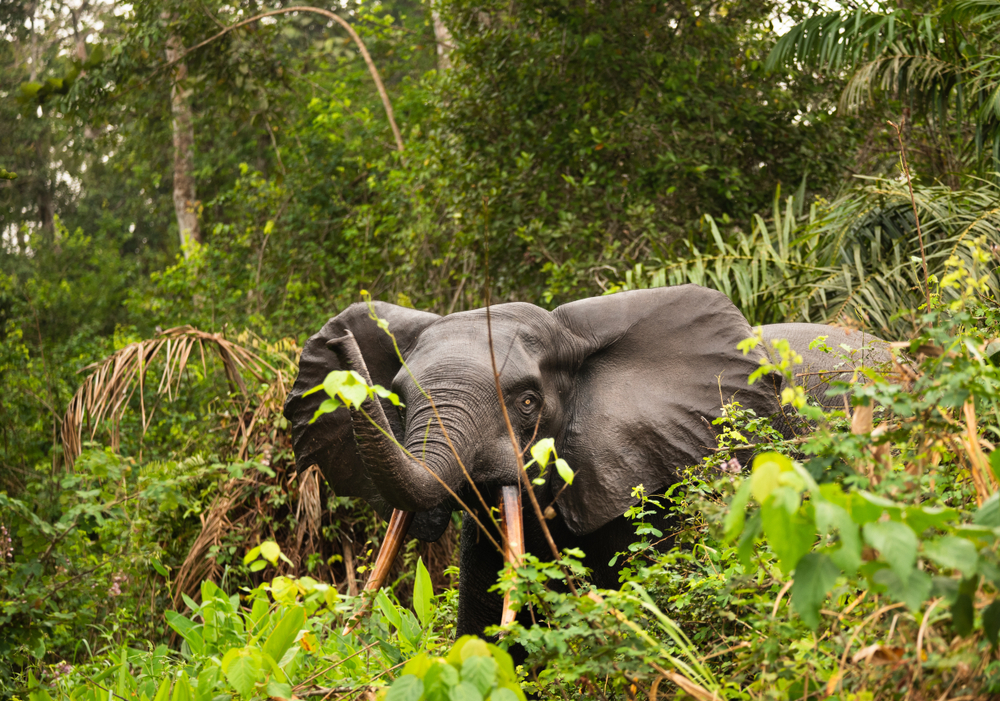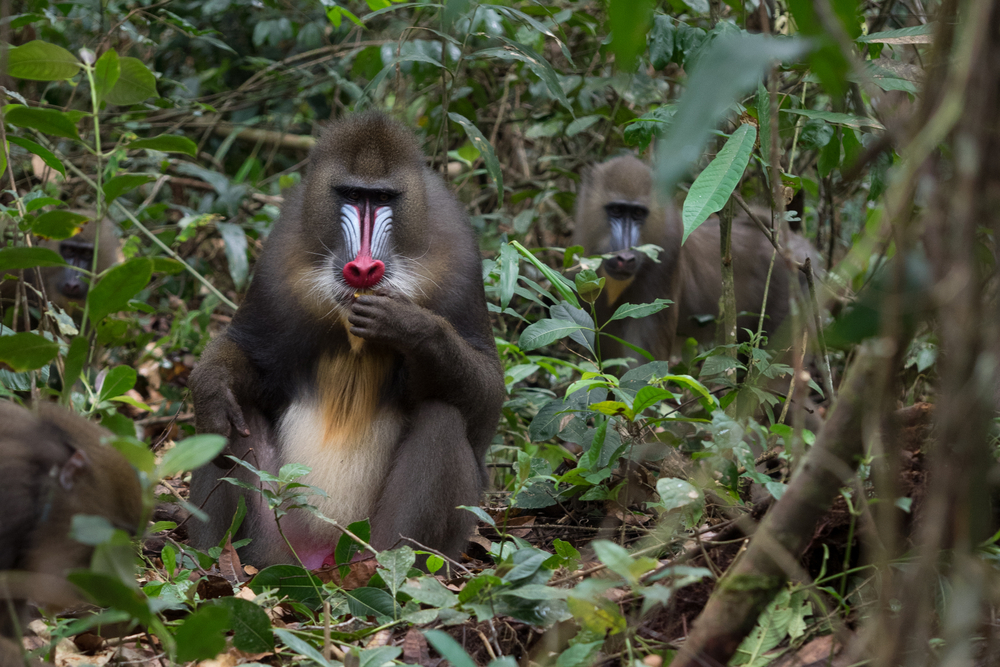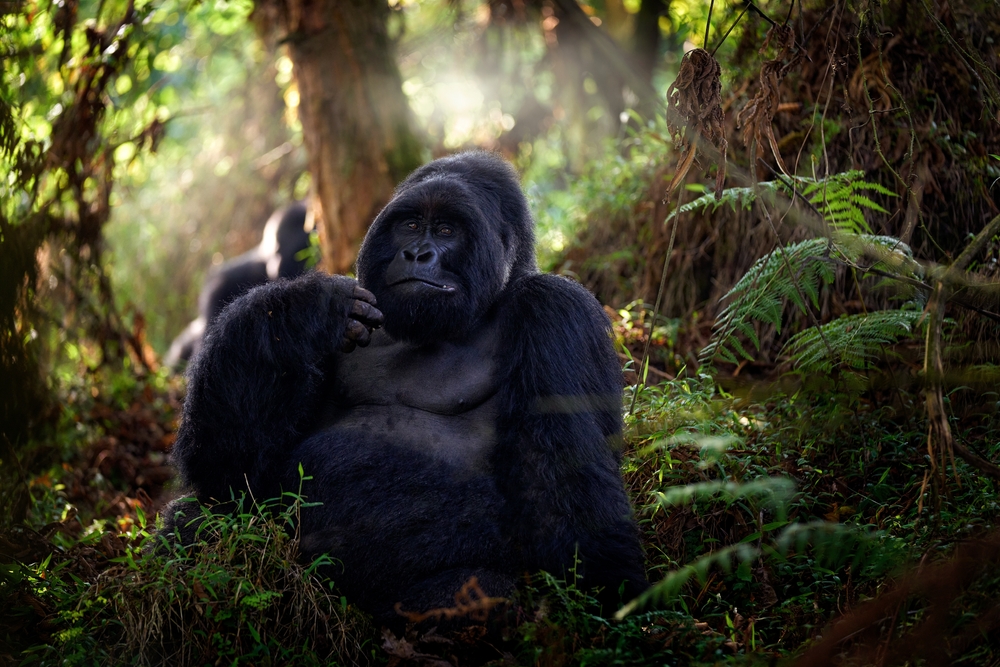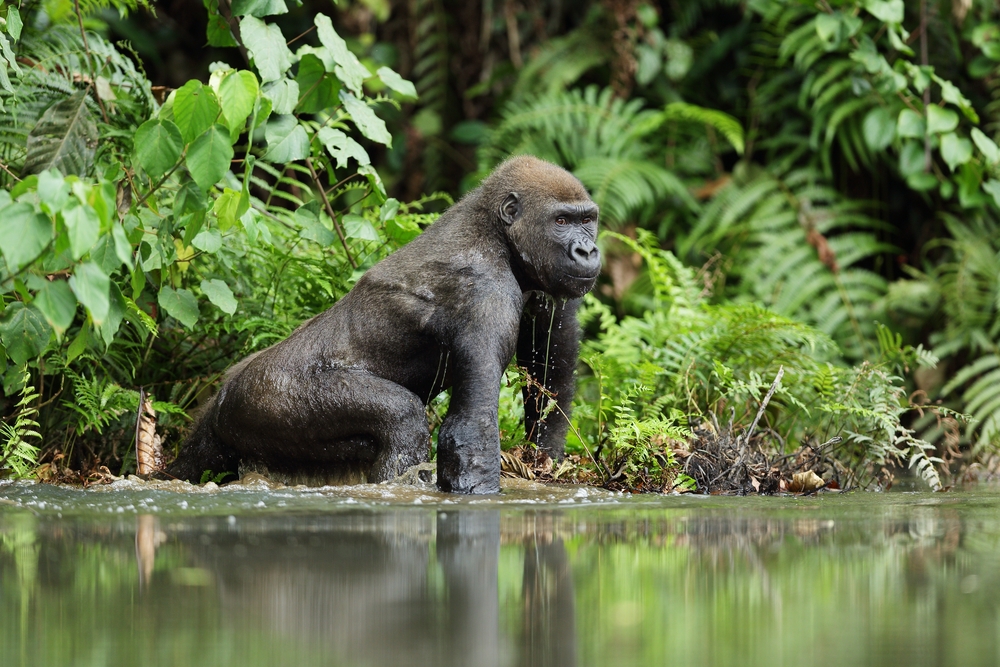Lopé Overview
Lopé National Park , locally known as “Parc National de la Lopé”, is one of Gabon’s most prominent and ecologically significant national parks. Located in the central region of the country, it spans approximately 4,910 square kilometers (1,896 square miles) and is part of the unique transitional zone where dense rainforests meet open savannas. This distinctive combination of ecosystems makes Lope a haven for biodiversity and a key site for conservation and research. In recognition of its ecological importance, the park was designated a UNESCO World Heritage Site in 2007.
The terrain of Lopé National Park is a mix of undulating savannas, ancient rock outcrops, dense rainforests, and river valleys. The Ogooué River flows along the park’s northern boundary, providing water for the diverse flora and fauna. This transitional landscape reflects thousands of years of ecological history, including remnants of human habitation, such as ancient rock carvings and archaeological sites. The park’s savanna areas are thought to have been maintained by human activity over millennia, adding to its cultural and ecological significance.
Lopé is home to an extraordinary variety of wildlife, including forest elephants, western lowland gorillas, and chimpanzees. It is also one of the best places in Africa to observe mandrills, especially during their seasonal migrations, when groups numbering in the hundreds can be seen. The park’s birdlife is equally impressive, with species such as the black-casqued hornbill, crowned eagle, and numerous other tropical birds inhabiting its forests. The Ogooué River supports aquatic life, including crocodiles and hippos.
Visitors to Lopé National Park can engage with its natural and cultural heritage through a range of activities. Guided safaris and treks provide opportunities to spot wildlife in the savannas and rainforests, while boat tours along the Ogooué River offer a different perspective of the park’s landscapes. Archaeological tours allow visitors to explore ancient petroglyphs and learn about the region’s human history. The park’s eco-lodges provide comfortable accommodations and serve as bases for guided excursions into the wilderness.
Conservation in Lopé National Park faces challenges such as poaching, illegal logging, and the pressures of agricultural expansion in nearby areas. However, the park benefits from significant support from both the Gabonese government and international organizations. Conservation efforts focus on habitat protection, anti-poaching measures, and scientific research, particularly on primate populations. Collaboration with local communities is crucial, promoting sustainable practices and eco-tourism as alternatives to activities that threaten the park’s ecosystems.
Lopé National Park is a jewel in Gabon’s network of protected areas, showcasing the country’s natural and cultural richness. Its unique landscapes and biodiversity make it a vital site for conservation and a rewarding destination for eco-tourism. Continued efforts to address conservation challenges and promote sustainable development will ensure that Lope remains a sanctuary for wildlife and a source of inspiration for future generations.








































































